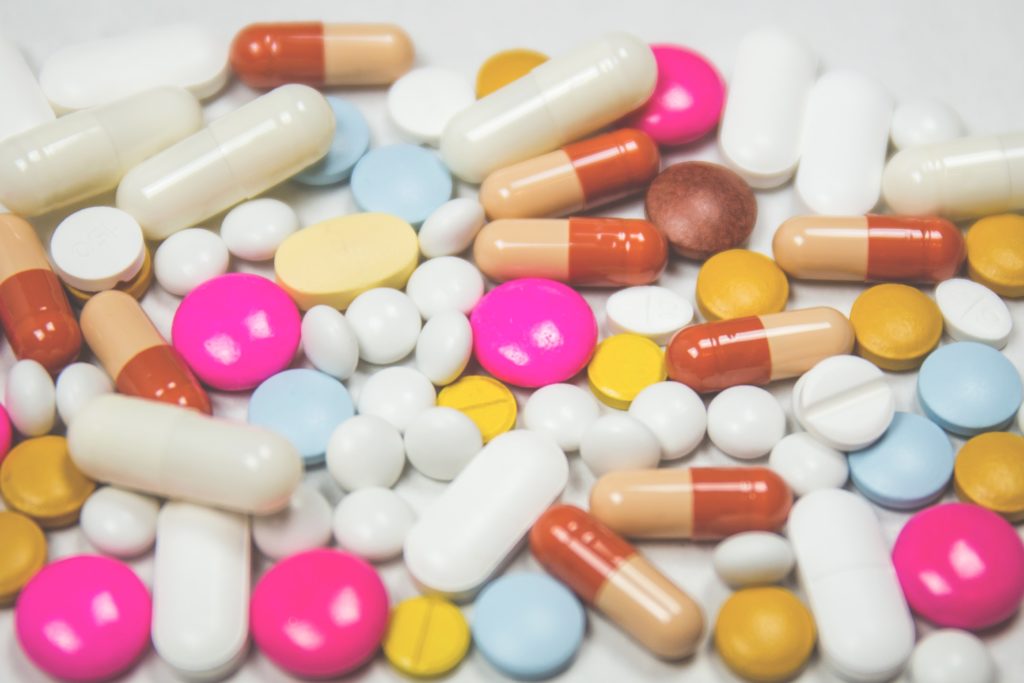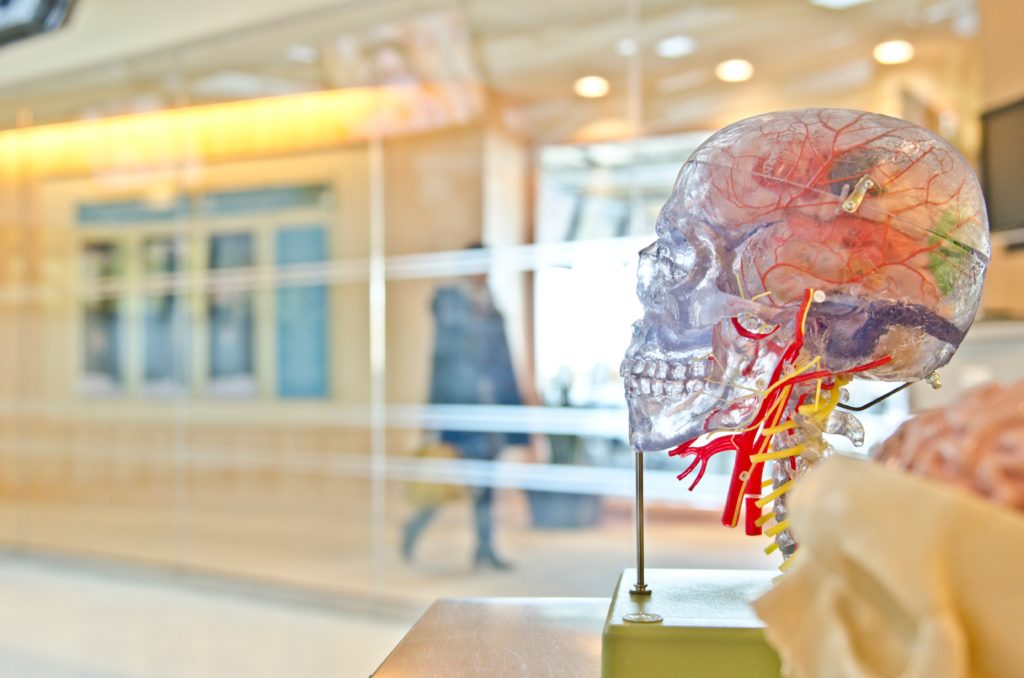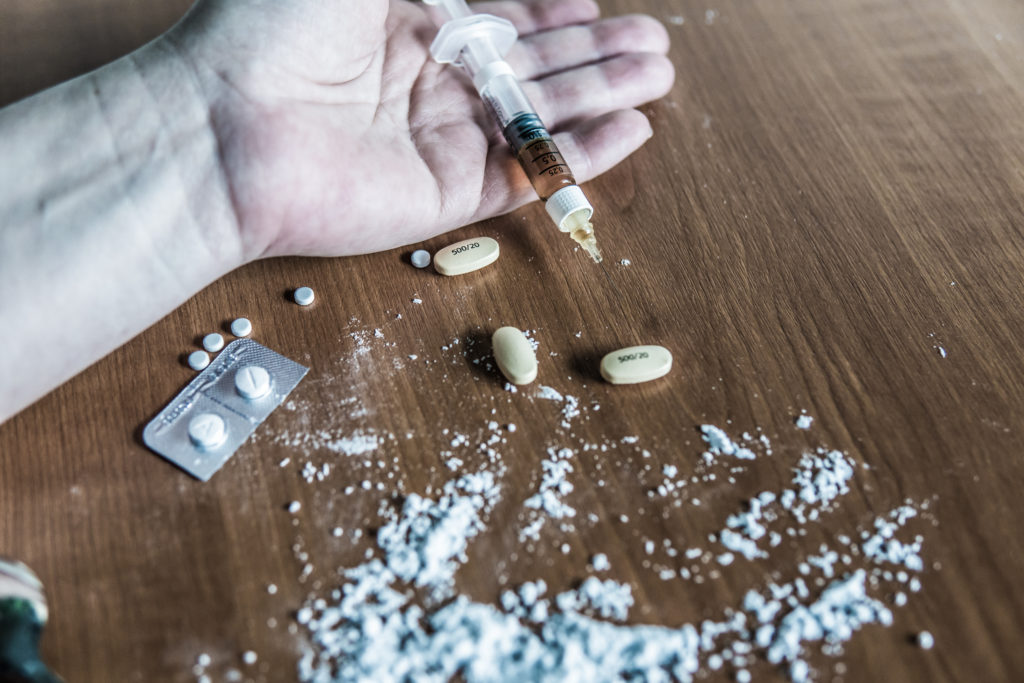New Opioid Addiction Bill: SUPPORT for Patients and Communities Act
Recently on October 3, 2018, Senate passed the final opioid addiction bill that is going to focus the attempts in dealing with the opiate epidemic in the United States. This bill is known as H.R. 6, The Substance Use-Disorder Prevention that Promotes Opioid Recovery and Treatment for Patients and Communities Act. You might also know it referred to its shortened acronym, the SUPPORT for Patients and Communities Act.
This bipartisan agreement (final vote 98 to 1) is a huge deal and a significant step in the right direction in overcoming what we’ve come to know as our country’s opioid crisis. Even though other topics such as the Kavanaugh misconduct claim have taken more public interest at the same time this bill is moving forward, it still stands out as what Congress reporter Shawn Zeller says is “perhaps the most significant bipartisan achievement of 2018.”
As much as political parties tend to disagree on other stand-out controversial subjects lately, the opioid issue is one that seems to affect all spheres of influence no matter what. The life-threatening opioid dilemma is something we can all agree on and hopefully work towards improving. Therefore this is potentially a big step for lawmakers in general, especially at this time.
What Exactly are Opioids?

The type of drug that is seen as the central issue in modern addiction treatment facilities and emergency rooms today are opioids. Opioids are narcotic drugs, mainly which attempt to treat chronic or severe pain. Popular types of opioids you might know of include morphine, oxycodone, Vicodin, Percocet, heroin and fentanyl.
Opioids work by binding to opioid receptors in the brain, and central nervous system which mostly ends up blocking pain temporarily. These are potent drugs that come with a list of side effects. Mainly the well-known adverse side effects cause constipation, nausea, and headache.
Who Uses Opioids?
Usually, opioids are only given out to individuals whose pain doesn’t respond appropriately to less intense pain relief medications (like Advil or other over-the-counter pain relievers). However, some people do use and abuse opioids for recreational purposes. This method of use is just as addicting and dangerous.
Legally, opioid medications are only available through a medical recommendation or doctor prescription. Many patients who need strong painkillers to manage physical ailment are valid. These individuals definitely have the right to receive their pharmaceutical orders and feel comfort. The problem is, though, opioids have a high risk of abuse. They are extremely addictive to the brain, and in many cases, patients of such drugs fall into addiction because of it.
Opioid Addiction and Overdose in America
An average of over 70,000 deaths happens every year from drug overdose alone. Of those 70,000+ overdoses, more than half are a result of opioids or prescription drugs. The rate of overdose deaths caused by synthetic opiates like fentanyl has been doubling since 2016 and continues to increase.
To put it in better perspective, this annual death-by-overdose rate calculates to 150 to 200 deaths per day from opioid addiction and misuse. Opioid abuse has become a bigger, more significant problem since the measure when healthcare providers started offering opioids at a more available rate. Even though the healthcare world is fully aware of how addictive and damaging prescription opioids can be, there hasn’t been much regulation on the subject (or much hopeful treatment, for that matter) up until now.

The new opioid addiction bill aims to confront these issues especially. Hopefully, it will also raise more awareness to everyday users and to those who temporarily take prescribed doses of opioids after surgery. The new regulations in this opioid addiction bill can prevent future addiction in the long run.
What’s in the Bill?
The H.R. 6 opioid addiction bill focuses on many different angles relating to the opioid crisis. Prevention, treatment, research, and regulation are all addressed in the statement. Who can benefit from this opioid addiction bill? Quite possibly anyone except for crooked rehab centers and illegal drug manufacturers.
Prevention
For prevention of further opioid addictions from forming, the H.R. 6 SUPPORT for Patients and Communities Act encourages more non-addictive drugs for treating pain as an alternative for opioids. If opioids are a must for treatment of severe pain, cancer patients or post-surgery situations, the CDC (Center for Disease Control and Prevention) will support states to improve their Prescription Drug Monitoring Programs (PDMPs).
H.R. 6 also addresses the over-prescribing of opioids that too-often happens in medical settings. For example, say someone undergoes an intense surgery or medical procedure. During the first few days of healing after surgery, the patient may be in so much pain that the subtle relief from traditional painkillers might not be sufficient enough. Therefore, they might need opioids. The doctor writes a prescription for a standard 30-day supply of opioid pills when really, the patient only needs about five days worth.
With this opioid addiction bill, closer monitoring of limited prescriptions will be possible. Prescriptions for three to seven days worth of pills will be administered instead of a whole bottle. Hopefully, this will prevent unnecessary over-use of opioids in recovering medical patients who only need several pills for a short period of time. In turn, this can also avoid unneeded refills of the drug.
Treatment

The H.R. 6 opioid addiction bill strives to improve recovery centers by raising the standards and monitoring effective treatment. Additionally, it will broaden available treatment for those with substance abuse disorders by making treatment more available through Medicaid assistance.
The limit of treatment beds per rehab home or facility raises from 16 to 20 so more people can be treated for addiction and detox. The increase in treatment center availability can let someone stay up to 30 days and receive treatment for any substance abuse through Medicaid reimbursement if applicable.
Medication-Assisted Treatment
For recovery centers, the use of Medication-Assisted Treatment (MAT) will be more available for those with dual diagnosis or for individuals who need medications to treat substance addiction. The provision to make it easier for medical professionals to prescribe “anti-addiction” medication such as buprenorphine to addicts will attempt to make available treatment for addiction more readily available.
Additionally, there’s a provision to create or enhance opioid-specific treatment centers from state to state with the help of data sharing and program research.
In hopes to upgrade and maintain a better quality of treatment centers overall, new incentives provided for “enhanced care, coordination, and innovation” will be shared. A proposal to give wider access to “recovery coaches” to those in need of specific personalized help through addiction recovery is also going to be more accessible.
Research
In combination with the previous CARA 2.0 (The Comprehensive Addiction and Recovery Act) the opioid addiction bill seeks to:
- Grant funding for overdose-reversal drugs
- Funds research for Neonatal Abstinence Syndrome and Treatment
- Educate healthcare professionals about opioids and addiction treatment
- Funding for research for more non-addictive painkiller medicines that can work more than addictive opioids that so many abuse today.
- Continual study and Education of pain care, early signs of opioid addiction, and alternative treatment options
- Educate communities on the effects of the opioid crisis and how to avoid it
- Promote awareness of illegal fentanyl trafficking and damages of fentanyl street use.

Regulation
Through the SUPPORT for Patients and Communities Act opioid addiction bill, the FDA (Food and Drug Administration) is required to update and clarify the regulations of non-addictive pain products. According to the measure the “FDA will assess opioid sparing data for use in the labeling of non-addictive medical products that are as effective at controlling pain and able to reduce patient need of opioids to control pain; and addressing how FDA will consider misuse and abuse of a drug when weighing the risks and benefits of such product.”
Another regulation as it relates to the limited prescription dosages mentioned previously ensures reporting of federal and state laws that limit these prescriptions.
Addressing the Fentanyl Issue
But most importantly from this opioid addiction bill is probably the crunch down on fentanyl. Fentanyl, the popular synthetic opioid drug, is up to 100 times stronger than morphine with the obvious addictive qualities of any other opioid. It often gets processed and sold overseas illegally, as it isn’t accessible other than through a hospital or medical prescription.
Law enforcement and mailing services need to work together to monitor mail from overseas looking out for Fentanyl. This drug causes more overdose drug-related deaths year round. It is becoming one of the most deadly drug addictions within the opioid epidemic.
The goal to regulate synthetic opioids more closely will hopefully save lives as drugs like fentanyl are continually changing and pose dangers for an increasing number of accidental overdoses.

Help from Grants
With even further hopes to help the overall opioid crisis, government grants are going to be put in effect with individual communities to combat fentanyl trade and use. This aligns with the goals to educate, fund, and protect communities all over the United States who are especially hurt by illegal activity within the opioid epidemic. It also says that extra attention must be given to certain communities who need more help with this issue.
Protection of Youth and Families
The new opioid addiction bill here also includes provisions for at-risk youth and families affected by opioid addiction. Such provisions cover a broader opportunity for Medicaid in those who are in or coming out of juvenile detention. Health insurance for former foster youth is in consideration for those who don’t have access to insurance. Moms or pregnant women in treatment at substance abuse homes or mental health facilities can continue to receive support after having a baby. In addition, comprehensive as well as preventative screenings can be run for elderly patients who are using opioids.
Treatment center insurance fraud can be avoided by many provisions in this bill, which is a good thing. Support of family-focusing rehab or residential treatment is seeing growth. There is a possibility of issuing grants for teens and young adults in need of prevention and recovery for substance use disorders.
What Should We Do Now?
As the finalized bill goes to Presidential review, we are hopeful. There are many positive changes that can kick into action to see improvements in the lives of many people affected by opioids. For now, we can each continue to reach out and support those we know and care about who are struggling to fight against opioid addiction.
If you or someone you love is addicted to opiates or synthetic opioids, get help today. Don’t end up like far too many statistics we see every day resulting in an accidental overdose. The abuse and misuse of narcotics is a serious issue and shouldn’t be taken lightly. Even if you think it’s not a big deal to partake for occasional recreational purposes, opioids can pose severe damages to your overall health and well-being.
Call an Addiction Helpline to talk to a professional who can help you find the support you need to overcome addiction to opioids.
This bill is a great start, and we need to keep working to overcome addiction. Any way you can help to create change is essential. Recovery is possible so if you need help for opioid dependency, don’t be afraid to seek treatment and support you need.
Sources
Senate advances plan to combat opioid epidemic (2018)
Federal Bill Limiting Opioid Prescriptions (2018)
CARA 2.0 Act (Senate Bill) (2017)
Audio of Bipartisan Opioids Bill (October 2018)
Summary of H.R. 6 Section by Section (2018)
About the U.S. Opioid Epidemic
